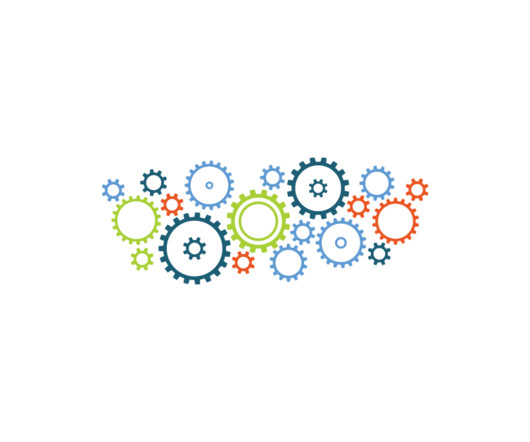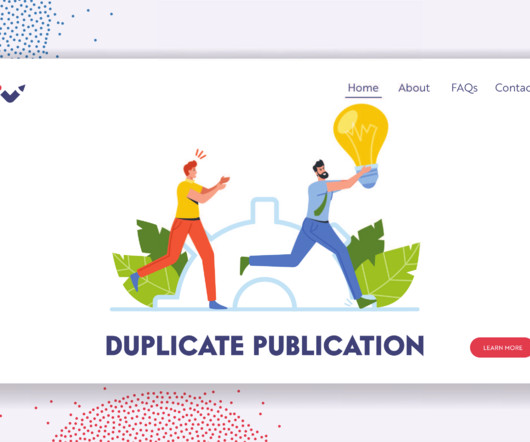The Power of Claim-Evidence-Question
Catlin Tucker
SEPTEMBER 1, 2023
This evidence can be drawn from various sources, such as research articles, data sets, personal observations, or historical examples. Historical Debates: Students could make claims about historical interpretations, provide evidence from primary and secondary sources, and ask questions about different historical perspectives.


























Let's personalize your content